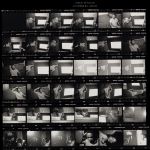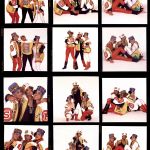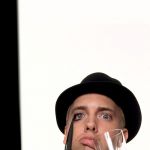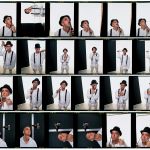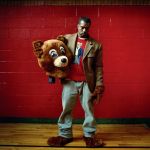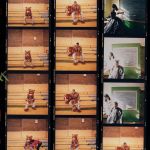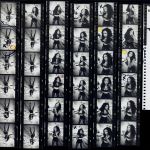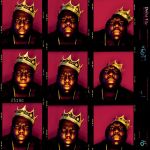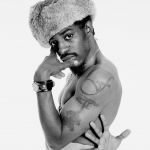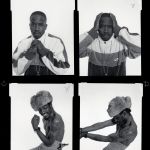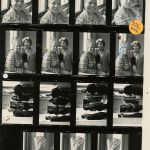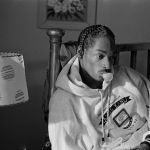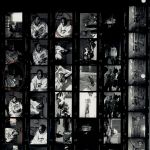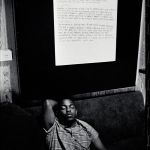
Have you ever wondered what's behind the most iconic photographs of hip hop stars? This is revealed by the journalist Vikki Tobak with "Contact High: A Visual History of Hip-Hop", a book in which he collects rare outtakes taken from over 100 photoshoots, interviews and essays of legends in the industry. His work is an unprecedented chronological journey from the old school to alternative hip-hop (like Biggie or Nicki Minaj) and from analogue photography to digital photography that makes us peek behind the scenes of shots entered in the collective imagination as the first floor of Notorious B.I.G. with the crown on his head or Kanye West in a teddy bear costume. Tobak, who grew up in the Soviet Union, arrived in the United States just during the rise of hip-hop and, working in the Manhattan discotheque where Biggie's "Big Poppa" video was shot and as public relations director for Payday. Records, has been able to establish relationships with that world, with artists and photographers, who with their anecdotes and their stories have allowed the creation of the book. The idea behind the project is to observe in castings from which a photograph became famous and then, through them, reconstruct the mood of a moment, of an era that has influenced millions of people. "These shots are selected from a stream of things seen" - explains Tobak - "in other words, they are part of a collection of many existing photos of a second before or a second after the moment of that photo, or ten degrees to the right, or ten degrees to the left. " For example, Glen Friedman recalls how the Beastie Boys opted for a grainy, fax-style image for the cover of "Check your head"; while Danny Hastings reveals how he had to convince the Wu-Tang Clan to wear ski masks for filming "Enter the 36 Chambers" in an abandoned synagogue in the Lower East Side. Tobak's most interesting and favorite story is about Notorious B.I.G., Barron Claiborne tells how the famous crown shot was born: the photographer had to make a star editorial for Rap Pages, but "was not interested in stereotyped and negative images of the blacks ", for him, the rapper was" a great king of West Africa "and wanted him to be portrayed in the photos. Puff Daddy did not like the idea very much, he thought the crown made Biggie look like Burger King, but in the end, as Claiborne remembers, "This picture is about hip-hop, but it's also beyond that. : it was simply to photograph Biggie as the king of New York: he is depicted as an almost holy figure, this shot is a shot and it is iconic. "Are you wondering what other artists found in the book? Beastie Boys, Nas, Eminem, Nicki Minaj, Lil Wayne, A$AP Rocky, Kendrick Lamar, ...





































.jpg)










